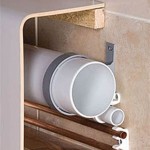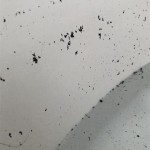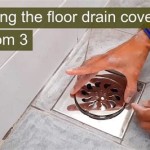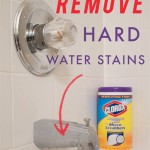How To Install Bathroom Sink Waste
Installing a bathroom sink waste is an essential task for any homeowner or DIY enthusiast. It is crucial to ensure the proper functioning of your sink and prevent any potential issues, such as leaks or clogs. This article will provide a comprehensive guide on the essential aspects of installing bathroom sink waste, focusing on the critical steps and considerations involved.
Before we delve into the installation process, it is essential to understand the part of speech of the keyword "Install." In this context, "Install" is a verb that describes the action of fitting or putting something in place. This understanding will help us approach the topic from the perspective of the actions and steps required for successful installation.
Essential Aspects of Installing Bathroom Sink Waste
The key to a successful bathroom sink waste installation lies in meticulous attention to each aspect of the process. Here are the essential factors to consider:
1. Materials and Tools
Before beginning the installation, it is crucial to gather all the necessary materials and tools. These include the sink waste kit, which typically consists of a tailpiece, flange, washer, and nuts; a wrench or pliers; and sealant or plumber's putty. Ensure you have everything at hand to avoid interruptions during the installation.
2. Disassembly of Existing Waste
If you are replacing an existing sink waste, you must first dismantle it. Use a wrench or pliers to loosen the nuts holding the flange in place. Once the flange is removed, you can disconnect the tailpiece from the drainpipe below the sink.
3. Assembly of New Waste
With the old waste removed, it is time to assemble the new one. Start by placing the washer over the tailpiece and tightening the flange onto it. Apply sealant or plumber's putty to the underside of the flange for a watertight seal. Next, insert the tailpiece into the drainpipe and secure it with the nuts.
4. Tightening and Sealing
Once the waste is assembled, use a wrench or pliers to tighten all the nuts securely. Ensure they are not overtightened, as this could damage the components. Apply additional sealant or plumber's putty around the base of the flange where it meets the sink to prevent any leaks.
5. Leak Testing
Before putting the sink back in place, it is essential to test for leaks. Turn on the water and let it run through the sink. Check for any drips or leaks around the flange or tailpiece. If you notice any leaks, tighten the nuts or apply more sealant as needed.
By following these essential aspects, you can successfully install your bathroom sink waste, ensuring a properly functioning sink and avoiding any potential plumbing issues. For a more comprehensive guide with visual aids, refer to the resources provided at the end of this article.

How To Fit A Bathroom Sink Diy Guides Victorian Plumbing

How To Install A Pipe From Sink Drain Wall Ehow

Fitting A Bathroom Sink Or Bidet Step By Guide And

How To Change A Basin Waste Plumbing Tips Basics

How To Install P Trap And Bathroom Sink Drain Piping Easy Installation For Beginners

How To Install Bathroom Sink Drain Plumbing Replace

How To Install Bathroom Sink Drain Plumbing Shower

Replace A Trap And Add Cleanout Fine Homebuilding

Bathroom Sink Popup And Stopper Problems

How To Replace A Sink Stopper Quick And Simple Home Repair
Related Posts







